
The only tradition in technology, is that traditions are meant to be broken. Stagnation is dangerous for tech firms in the modern age where landscapes can change in the blink of an eye. In the world of technology, designs are meant to be questioned and reinvented. For example, why can’t a telephone be used for more than verbal communications? Why can’t it be made portable? Why shouldn’t it be outfitted with a multitude of functions that make it an indispensable tool for people? Indeed, the greatest example of technology breaking traditions is probably the evolution of the telephone into the smartphone.
In 1876, Alexander Graham Bell invented the first telephone as an alternative to the telegraph. His invention presented a way that speech could be transmitted electronically, allowing us to experience instantaneous verbal communication over long distances for the first time. Building on this initial design, Bell and other inventors sought ever more creative ways for people to hear each other and have conversations in real time, leading to creations such as undersea telephone cables, radio telephones, satellite telecommunications and cellular networks. Like we said, technology never sleeps. The invention of cellular networks is particularly significant as it went hand in hand with the creation of the cellular or mobile phone.
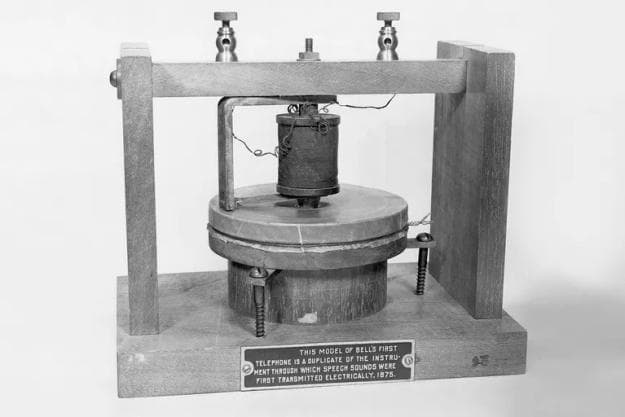
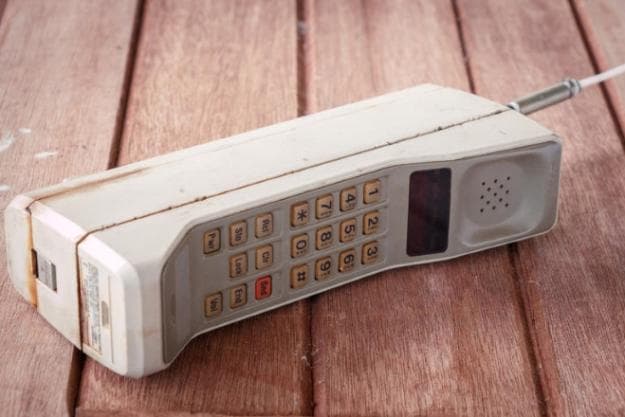
The first commercial example of the mobile phone, Motorola’s DynaTac, AKA “The Brick”, wasn’t very different from Bell’s telephone in terms of function. It allowed for speech to be transmitted between people just as the original telephone did, differing only in terms of portability and how transmission occurred. It wasn’t until 1992, that the first commercial text message was sent via mobile phone, bringing it the number of functions up to two. Soon after, mobile phone companies started getting creative, adding cameras, games, music players and even limited internet connectivity. The phone was now more than just a means of real time verbal communication. It was slowly turning into an all-in-one lifestyle device.
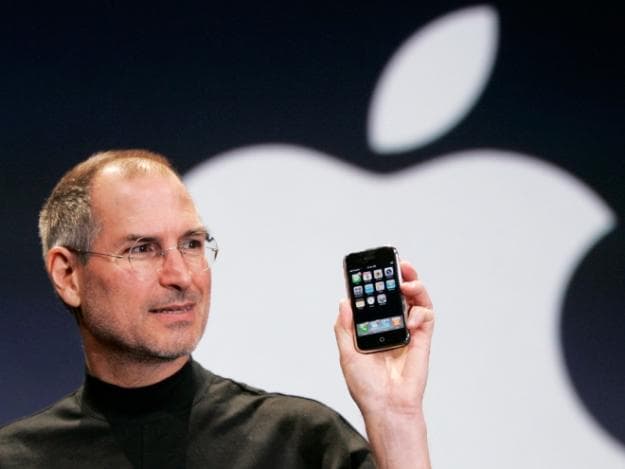
In 2003, technology to transmit calls using internet protocols were developed which would eventually revolutionise long-distance communications, making it cheaper to get in touch with others living abroad. Advances in internet technology go hand-in-hand with the development of the modern smartphone. In 2007, Apple made waves when it released the first iPhone. Apart from possessing a built-in camera, music player and internet connectivity, it also introduced us to the idea of mobile applications, turning the mobile phone into a truly multifunctional device. With the opening of the launch of both the iTunes Store and Android market, the popularity of the modern smartphone and popularity of apps surged. Just like that, the humble telephone was transformed from a means of making calls to a device at the cornerstone of modern life.
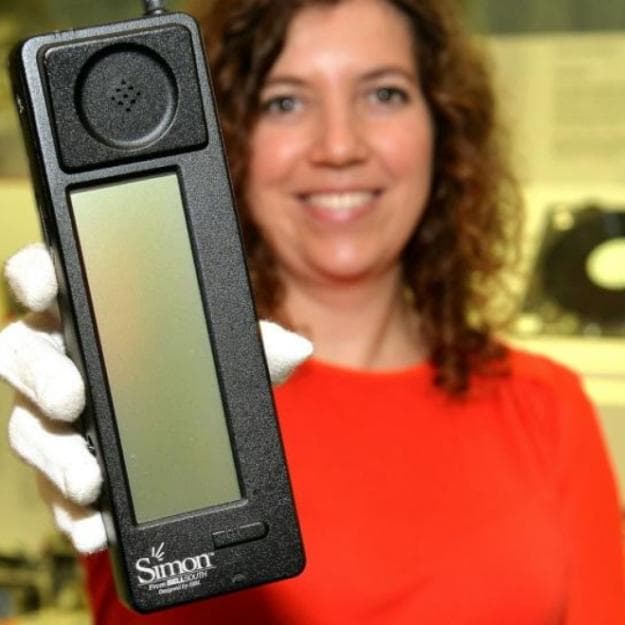
Today, it would be near impossible to navigate our daily lives without the smartphone. Advances in internet and 4G connectivity as well as the multitude of apps on the market have effectively turned it into a handheld computer. As a result, we rely on it for far more than communication. Entertainment, organisation and even health and fitness are just some of the many things we have become dependent on our smartphones for. So, what exactly drove the creation of this multifunctional device?
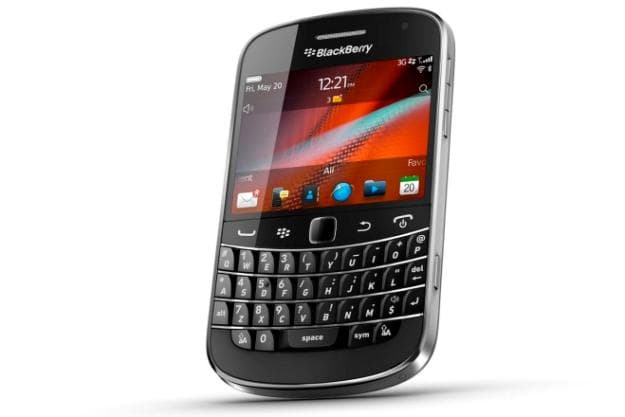
The demand for a multifunctional phone has to do with mankind’s rapid urbanisation in the past century. With the industrialisation and embrace of technology, the story of humanity became one of efficiency. Life became more hectic as we urbanised and became more technologically advanced, leading to a demand for anything that could make our lives more convenient. The idea of portable device which had all the functions of a computer, crossed with the ability to make voice and video calls just made sense. With it, people are now able to get things done on the go. With the expansive number of applications available, we can easily reply emails, conduct research, and even run businesses through from our smartphones. Convenience has always been the driving force behind the development of the telephone but the smartphone just takes it to a whole other level.
The telephone has come a long way since 1876. Once simply a convenient means to have conversations in real time with distant associates, it has since evolved into an invaluable tool, capable of doing most everything we need to get through our daily lives. Increased demands for ways to increase efficiency and productivity in our lives led engineers and designers to rethink the function of a phone and develop innovative solutions which not only made it a multifunctional device but changed the very way that we lead our lives. From the way we communicate with others to how we do business, smartphone technology has shattered these old practices and ideologies, showing us that the only tradition in the tech industry is the breaking of traditions.







